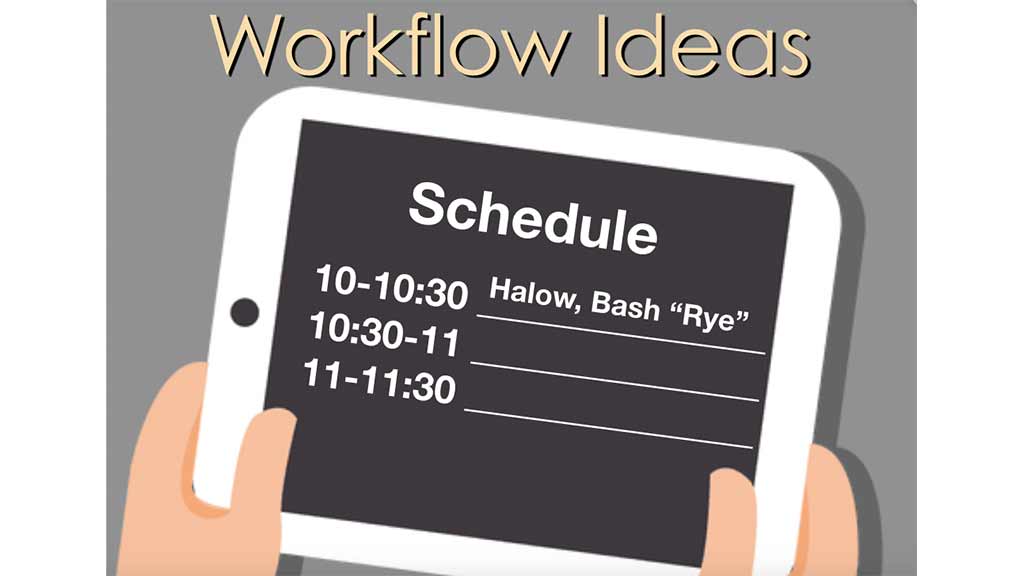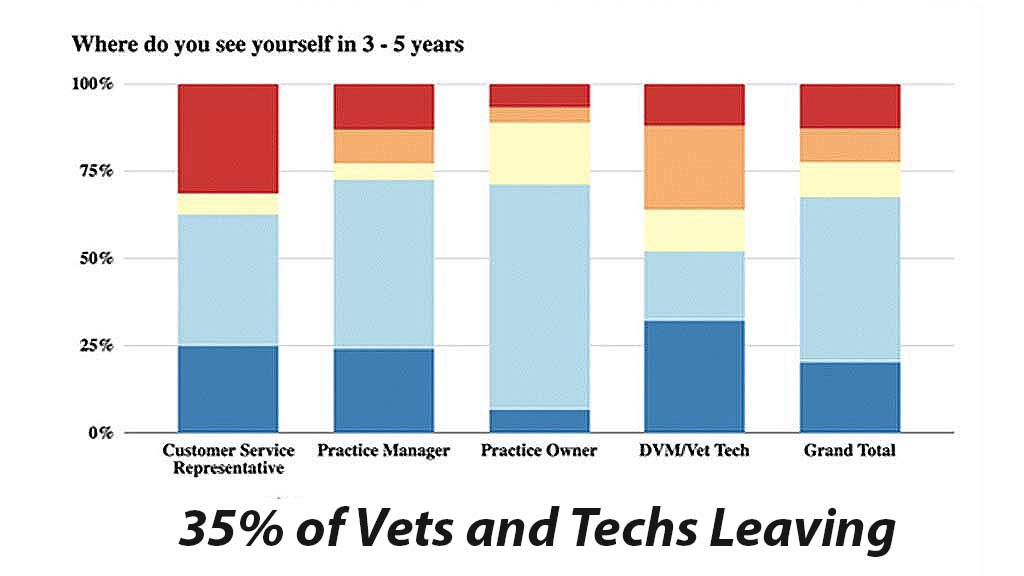Read the following case study, then answer the questions at the end.
Every month, Mountain View Veterinary’s practice manager, Carol, covers her standard list of topics at the monthly employee meeting (“If you get overtime without permission, you will get written up.” “Tardiness will not be tolerated.” “Act professional.” “Don’t leave your dirty dishes stacked in the breakroom sink, I’m not your mother,” etc.) Once that’s through, her husband, Dr. Gruger, takes the floor for his hot topic of the week. On his list for this meeting: Geriatric Care and Pain Management.
Gruger stands, crosses his arms, and begins, “We are in this together, all right? You guys…as Carol says, you guys…you guys cost me a lot of money. You know how much? Tell them how much, Carol.”
“How much, what?” Carol asks looking up vacantly from her cellphone.
“How much payroll do these people suck up per week?” asks Gruger, then adds irritatedly, “Can I ask why you are on your cellphone when I’m trying to do a meeting?”
“Sorry.”
“Put that away. I’m trying to do the meeting here.”
“Sorry,” says Carol. “What was the question?”
“I asked, ‘How much payroll do these people suck up per week?’ Who are you texting?”
Carol sighs, “Our son, Steven.”
“What’s the matter with Steven?”
“Nothing. Soccer stuff. Nothing. Sorry, I’ll put this away. So, you want to know how much the payroll is per week?” she asks out loud trying to put the conversation back on track, “Sixteen thousand.”
“Sixteen thousand!” announces Gruger, and then does a double take back to his wife, “Wow, that much, huh?”
“That’s with you in there, but sure, sixteen thousand,” confirms Carol cracking her gum.
“Wow, now I’m even more anxious. Sixteen thousand, people. Let that sink in. I can’t generate all that by myself. You people have to help out. You have to support me in getting these older dogs back in. Now we have this senior…this um. Senior Wellness…the Senior Profile…What are we calling it, Carol?”
“Senior Program.”
“Senior Program off the ground. That means I need you to be recommending a second visit for these animals. That means, anything over age 8 if they’re a big dog and anything over 10 if they’re small.”
“And any cat over 10,” adds Carol.
“And any cat over 10,” parrots Gruger. “Recommend that they come in for a…”
“Don’t even recommend it!” Carol says riding over top of her husband. “Just tell them you’re going to schedule it.”
“Really?” Asks Gruger uncertain if that’s the right approach.
“Yeah, really,” Carol confirms. “Just get them in the book. Don’t even ask. Just put them in the book. Money doesn’t grow on trees. We need the business.”
“Okay, so don’t even ask,” Gruger concedes. “Just put them in the book. And then another thing…,” he continues, “start recommending pain management. Especially these older dogs. It’s essential for them to feel good.”
“But, we’re not allowed to prescribe pain medication,” protests Diane, an employee that Carol thinks always acts like a know-it-all.
“Obviously you’re not allowed to prescribe pain medication, Diane,” says Carol checking the impulse to roll her eyes. “That’s not what he’s saying. He’s saying tell them that we have a solution for pain management. Older dogs especially. You know, you people really need to wake up and smell the coffee,” says Carol after a moment’s pause to scan the room’s blank faces. “These animals are arthritic. Arthritis is a progressive disease, the longer it goes untreated, the worse it gets. Am I right, hun? Hun?”
Dr. Gruber now in charge of fielding texts from his son, looks up from his phone. “What?”
“Never mind”, says Carol dismissing her husband with a head shake, before turning back to the staff. “Just trust me on this. Arthritis is progressive. So remind owners to watch for signs of pain in their pet. “That includes,” she begins afresh while counting on her fingers, “hunched over, reluctance to jump on the bed, difficulty getting up after they’ve been lying down…ah…aaah…what am I missing?” she asks her husband.
Gruber dragging his eyes off his phone repeats the question out loud, “What are you missing…? Ummmm….Trouble going up stairs.”
“Trouble going up stairs. Anything like that…anything that could be a sign of pain. So please, people, help me out, here.”
“Maybe we could get a poster,” suggests Tamara, a CSR for the practice.
“No,” says Carol dismissively. “We’re not getting a poster. I’m not putting another thumbtack into that exam room wall. It has enough holes in it as it is. One more hole in that wall and it won’t be a wall, it will be a screen. No more posters. Just make the recommendation, okay?”
“Yeah, we just need you to make the recommendation,” says Gruber, pulling the group’s focus back on him. “Let’s worry about that first, then we can worry about a poster.”
The meeting ends as it always does. Carol and Gruber ask for questions, but the group reflects back empty stares. Marie handles consolidating the contents of three pizza boxes into one. Diane follows by screwing the tops on the big soda bottles and trailing her to the breakroom fridge, bottles in tow.
Questions
- Have you worked at a practice where the management took a similar approach to compliance? How would you recommend that these two improve?
- In your experience, what are the most effective ways to get clients to take your medical advice seriously and comply with your recommendations?













